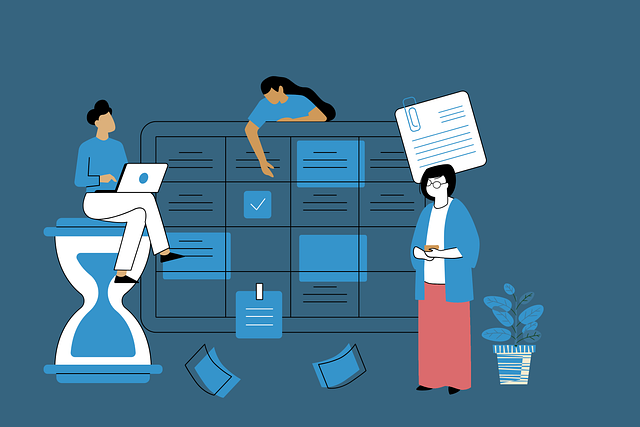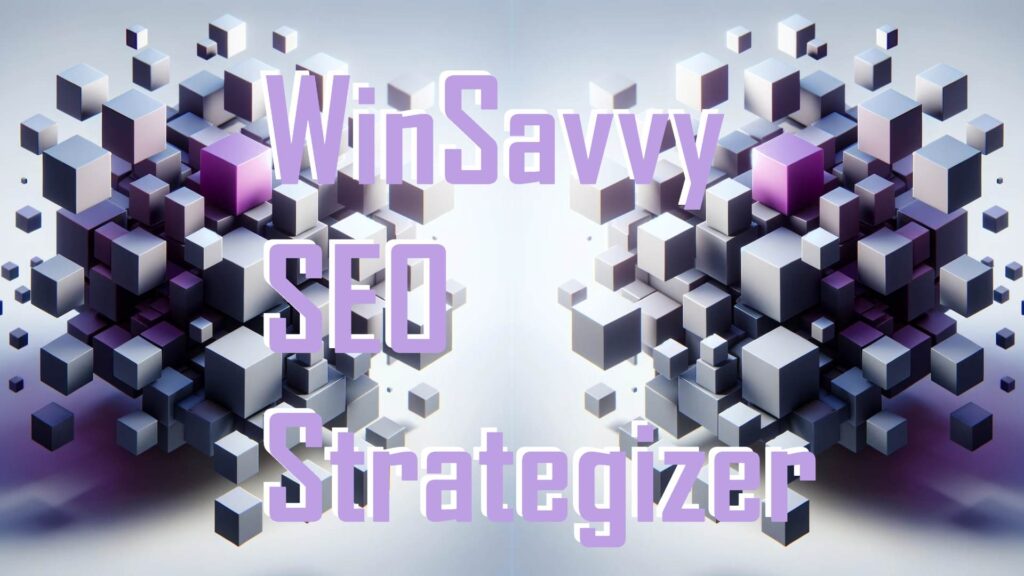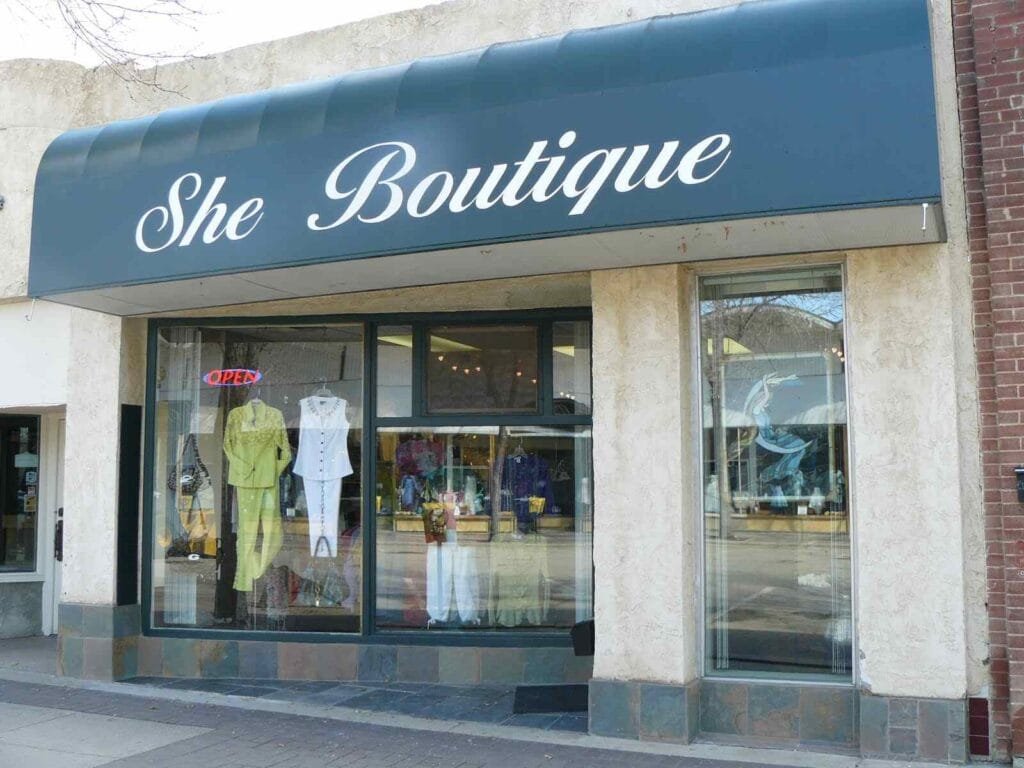Acquiring new customers doesn’t have to be expensive. One of the most effective ways to grow your customer base while keeping costs low is through referral programs. Why? Because referred customers come in with a level of trust already built—they’ve been introduced by someone they know and trust. This makes them more likely to convert, and the cost of acquiring them is far lower than traditional methods like paid ads or cold outreach.
A successful referral program isn’t just about throwing incentives at your customers; it’s about designing a system that aligns with their needs and behaviors. In this guide, we’ll dive into how to create a referral program that actually works, from structuring the rewards to promoting the program effectively. Let’s break it down.
Step 1: Understand What Makes a Referral Program Work
Why Referrals Are Powerful
Referrals tap into the power of trust. When someone recommends a product or service to their friends or family, it carries more weight than any ad or sales pitch. A referred customer starts their journey with confidence in your brand, making them more likely to convert and stick around.
For example, think about the last time you tried a new restaurant or downloaded an app. Chances are, you were influenced by someone you know. This personal endorsement makes referrals a high-value acquisition channel.
Additionally, referred customers tend to have a higher lifetime value. Because they trust the brand from the start, they’re more likely to make repeat purchases, upgrade their plans, or refer others. This ripple effect amplifies the impact of your referral program.
The Role of Motivation
For a referral program to work, you need to motivate both the referrer (your existing customer) and the referred person. People don’t refer just because they love your product—they refer when there’s a clear benefit for them.
For instance, if you’re a subscription-based service, offering a free month for both the referrer and the referred customer creates a win-win situation. The key is understanding what drives your audience and aligning your rewards with their interests.
Step 2: Design the Right Rewards Structure

Balance the Reward for Both Parties
A great referral program rewards both the person making the referral and the new customer they bring in. This creates a sense of fairness and doubles the incentive to participate. The reward doesn’t have to be extravagant—it just needs to feel valuable.
For example, Dropbox famously offered extra storage space to both referrers and their invitees. This simple yet effective reward aligned perfectly with their audience’s needs, making the program wildly successful. The key was that the reward wasn’t just a perk—it added real, functional value.
Consider what your customers value most. Is it a discount, free product, exclusive access, or a monetary reward? Align your offering with what they genuinely find useful.
Offer Tiered Rewards for Long-Term Engagement
If you want your referral program to sustain momentum, consider implementing tiered rewards. This means the more referrals a customer makes, the better their rewards become. It’s a way to incentivize ongoing participation rather than a one-time effort.
For example, a fitness app could offer free access to premium features for one referral, an exclusive workout plan for three referrals, and a personalized coaching session for five referrals. By escalating the rewards, you keep participants engaged and excited.
Tiered rewards also create a sense of accomplishment. Customers feel recognized and appreciated for their efforts, which boosts loyalty and encourages them to keep sharing your brand.
Keep It Simple and Transparent
One of the biggest barriers to referral program success is complexity. If customers don’t understand how to participate or feel unsure about the rewards, they’re less likely to engage. Simplicity and transparency are crucial.
For example, a clothing retailer could set up a program that clearly states, “Invite a friend, and both of you get $10 off your next purchase.” The simpler the messaging, the easier it is for customers to act.
Make sure the process is easy to follow, with clear instructions on how to refer, track progress, and redeem rewards. Use visuals, FAQs, and email follow-ups to keep participants informed.
Step 3: Promote Your Referral Program Effectively
Make It Visible Everywhere
A referral program won’t work if your customers don’t know it exists. Promote it across all touchpoints—your website, social media, email newsletters, and even in your product packaging if applicable. Visibility is key to driving participation.
For instance, if you run an e-commerce store, add a referral banner to your homepage and a call-to-action in your checkout confirmation emails. Social media platforms are also great for showcasing the benefits of your program through engaging posts or stories.
Don’t underestimate the power of in-app promotion for digital products. If you have a mobile app, include a dedicated “Refer a Friend” section with clear instructions and a tracking dashboard.
Leverage Email Campaigns
Email marketing is one of the most cost-effective ways to promote your referral program. Send targeted campaigns to your existing customers, explaining the benefits and how they can participate.
For example, an email from a meal delivery service could read: “Love our meals? Share the love! Invite a friend and get a free meal for both of you.” Include a clear CTA button that links directly to the referral program landing page.
To keep the momentum going, send follow-up emails to remind participants about their referral status, rewards they’ve earned, or the next milestone they can achieve.
Use Social Proof to Build Momentum
People are more likely to join a referral program if they see others benefiting from it. Highlight success stories, testimonials, or even real-time stats like “5,000 customers have already earned rewards through referrals.”
For instance, a SaaS company could feature a case study on how one user referred 10 colleagues and earned a free annual subscription. This not only builds credibility but also inspires others to take action.
Step 4: Track and Optimize Performance

Measure Key Metrics
To know whether your referral program is effective, you need to track its performance. Metrics like the number of referrals made, conversion rate of referred customers, and the CAC for this channel provide valuable insights.
For example, if you notice that most referred customers come from social media, double down on promoting your program there. Conversely, if a channel underperforms, experiment with different messaging or visuals to improve results.
Also, pay attention to the lifetime value (LTV) of referred customers compared to those acquired through other methods. Referred customers often have higher LTV, which can validate the efficiency of your program.
Identify and Address Bottlenecks
If your referral program isn’t gaining traction, dig into the data to identify bottlenecks. Are customers dropping off before completing a referral? Is the process too complicated? Are the rewards unappealing?
For instance, if customers aren’t sharing referral links, consider simplifying the sharing process. Add one-click options to share via email, SMS, or social media. If participation is low, survey your audience to understand what incentives would motivate them.
Iterate based on these insights. Small adjustments—like tweaking the reward or streamlining the sign-up process—can make a big difference in driving engagement.
Reward and Recognize Top Referrers
Your most active participants are valuable assets. Not only are they bringing in new customers, but they’re also ambassadors for your brand. Show them extra appreciation to deepen their loyalty and inspire others.
For example, a subscription box service could spotlight top referrers in their monthly newsletter or offer exclusive perks like early access to new products. This recognition creates a sense of community and reinforces the value of participating in your program.
Step 5: Ensure Long-Term Sustainability
Keep the Program Fresh
Over time, even the best referral programs can lose their appeal if they become stale. Regularly update your rewards, introduce seasonal campaigns, or gamify the experience to keep it exciting.
For instance, a travel app could launch a summer referral campaign with bonus rewards for referrals made during a specific time frame. Limited-time offers create urgency and encourage immediate action.
Experiment with themes or partnerships to refresh your program. Collaborating with another brand for joint rewards can attract new participants and add variety.
Align With Customer Loyalty Efforts
Referral programs work best when integrated into a broader loyalty strategy. Combine them with other initiatives like points systems, VIP tiers, or exclusive content access to create a seamless experience.
For example, a beauty brand could let customers earn extra loyalty points for every successful referral. This not only strengthens the referral program but also enhances the overall value of being a loyal customer.
By tying referrals to loyalty, you create a cycle where satisfied customers keep engaging with your brand, bringing in new leads while staying invested themselves.

Related: Check out our free tools:

Step 6: Personalize the Referral Experience
Tailor the Program to Different Customer Segments
Not all customers have the same motivations or preferences. To maximize engagement, personalize your referral program based on customer segments. For instance, a first-time buyer might be incentivized by discounts, while a long-term customer might value exclusive perks or early access to products.
Consider segmenting your audience based on behavior, purchase history, or preferences. For example, a SaaS company could offer free additional features for power users who refer others, while new users could receive onboarding credits for referrals.
This level of personalization makes the program feel more relevant, increasing participation and satisfaction.
Use Personalized Referral Links
Giving customers personalized referral links or codes not only makes the process easier but also adds a touch of exclusivity. A unique code like “JOHN20” makes customers feel special and encourages them to share it more frequently.
For instance, a fitness brand could give its customers personalized links to share on social media, with a message like, “Share your unique code with your friends and help them save on their next order.” Personalized links make tracking referrals simpler and help participants feel more involved.
Additionally, let customers customize the referral message when sharing their links. This allows them to add their personal endorsement, which can make referrals more authentic and effective.
Thank Referrers with Personalized Messages
When a customer successfully refers someone, don’t just reward them—thank them personally. Acknowledging their contribution fosters goodwill and encourages them to participate again.
For example, send a thank-you email that includes their current reward status and encourages them to refer more friends. Messages like “You’ve brought three friends to [Brand]! Here’s your $20 reward—and keep going to unlock our exclusive tier!” keep the program engaging and rewarding.
Step 7: Gamify the Referral Process

Create Friendly Competition
Gamification is a powerful way to make your referral program more exciting. Introducing leaderboards, badges, or tiers can turn referrals into a fun and competitive activity that motivates participants.
For example, a subscription box company might feature a leaderboard showing the top referrers of the month. Offering additional prizes for top spots—such as a free annual subscription or exclusive products—adds an extra layer of incentive.
Friendly competition also encourages participants to share more frequently, boosting the program’s overall effectiveness.
Use Milestone Rewards
Milestone rewards provide incremental goals that keep customers engaged over time. For instance, reward participants for every five, ten, or fifteen referrals they make, with increasingly valuable incentives.
For example, a travel booking platform could offer a $20 credit for the first three referrals, a $50 bonus for the next five, and a free flight voucher for ten referrals. Milestones give customers something to aim for and maintain their interest in the program.
Additionally, celebrating milestones with personalized congratulatory messages or badges can make the experience even more rewarding and memorable.
Make It Shareable
Gamified referral programs naturally lend themselves to social sharing. Encourage participants to share their achievements, rewards, or milestones on social media. For example, offer extra points or rewards for posting about the referral program using a branded hashtag.
For instance, a pet supply company could encourage participants to share photos of their pets along with their referral link, creating user-generated content that promotes the program organically.
Step 8: Ensure the Program Scales Seamlessly
Automate Tracking and Rewards
As your referral program grows, manual tracking can become a bottleneck. Automation ensures a seamless experience for participants and reduces administrative overhead. Use referral management tools like ReferralCandy, Post Affiliate Pro, or Smile.io to handle tracking, reward distribution, and reporting.
For example, these platforms can automatically send rewards to participants as soon as their referrals meet specific criteria, such as making a purchase or signing up. Automation keeps the program efficient and scalable, even as participation increases.
Additionally, provide participants with a dashboard where they can track their referral progress in real time. Transparency builds trust and encourages ongoing engagement.
Anticipate Fraud and Prevent Abuse
As referral programs grow, the risk of fraud or abuse increases. Participants might try to game the system by creating fake accounts or exploiting loopholes. Protect your program by implementing safeguards like IP tracking, purchase verification, or limiting rewards to genuine referrals.
For instance, require that referred customers complete a purchase or meet certain conditions before rewards are issued. Monitoring program activity regularly can help identify and address any suspicious behavior early.
Clear terms and conditions also play a critical role. Spell out the rules of your referral program to avoid confusion and ensure fairness for all participants.
Prepare for Increased Demand
If your referral program is successful, you may experience an influx of new customers. Be prepared to handle this growth without compromising the customer experience. Ensure your website, support team, and fulfillment processes can handle the increased demand.
For example, a food delivery service running a successful referral campaign should ensure they have enough delivery capacity and customer support resources to manage the surge in orders. A smooth onboarding experience for referred customers reinforces the value of your brand and encourages further referrals.
Step 9: Foster Long-Term Engagement

Keep Referrers Engaged Beyond the First Reward
The goal of a referral program isn’t just to acquire new customers—it’s also to deepen relationships with your existing ones. Encourage referrers to keep engaging with your brand through loyalty programs, exclusive content, or ongoing rewards.
For example, after a customer completes their first referral, invite them to join a VIP tier with additional perks, such as early access to new products or higher referral rewards. Keeping the momentum going ensures that your program delivers long-term value.
Regular communication is also essential. Send updates about new rewards, milestones, or program enhancements to keep participants excited and involved.
Turn Referred Customers into Advocates
Once a referred customer has joined, nurture them to become advocates themselves. Introduce them to the referral program early, perhaps during the onboarding process, and highlight the benefits of participating.
For instance, a fitness app could send new users an email after their first week, saying, “Enjoying your workouts? Invite your friends and get a free month for every referral!” Encouraging immediate participation helps you capitalize on their initial enthusiasm.
The more referred customers become advocates, the more sustainable your program becomes, creating a self-reinforcing growth loop.
Build a Community Around Referrals
Creating a sense of community around your referral program can amplify its success. For example, start a social media group or forum where participants can share tips, success stories, or experiences. Recognizing and celebrating top referrers within this community strengthens their connection to your brand.
A skincare brand might create a Facebook group for its referral program participants, where members can discuss their favorite products, share referral tips, and engage with the brand directly. This sense of belonging turns participants into long-term advocates.
Conclusion: Build a Referral Engine That Fuels Growth
Customer referral programs are a powerful way to reduce acquisition costs while attracting high-quality leads. When designed thoughtfully, they create a win-win scenario where both your customers and your business benefit.
The key lies in understanding your audience, offering meaningful rewards, and promoting the program effectively. By continuously tracking performance and iterating based on insights, you can turn referrals into a sustainable growth engine for your business.
Start small, test different approaches, and refine as you go. With the right strategy, a well-executed referral program can lower your CAC, build trust, and drive long-term success. It’s time to let your customers do the talking—and the referring.
READ NEXT:
- Are Vanity Metrics Killing Your Marketing Efficiency? Here’s What to Track Instead
- Pinpointing Digital Marketing ROI: Why Your Metrics Aren’t Telling the Full Story
- Unlocking Real ROI in Digital Marketing: The Hidden Costs Draining Your Budget
- How Misaligned Marketing Funnels Are Blocking Your ROI Potential
- Best Digital Marketing Agency In Santa Ana, California
- Best Digital Marketing Agency In San Francisco, California





















